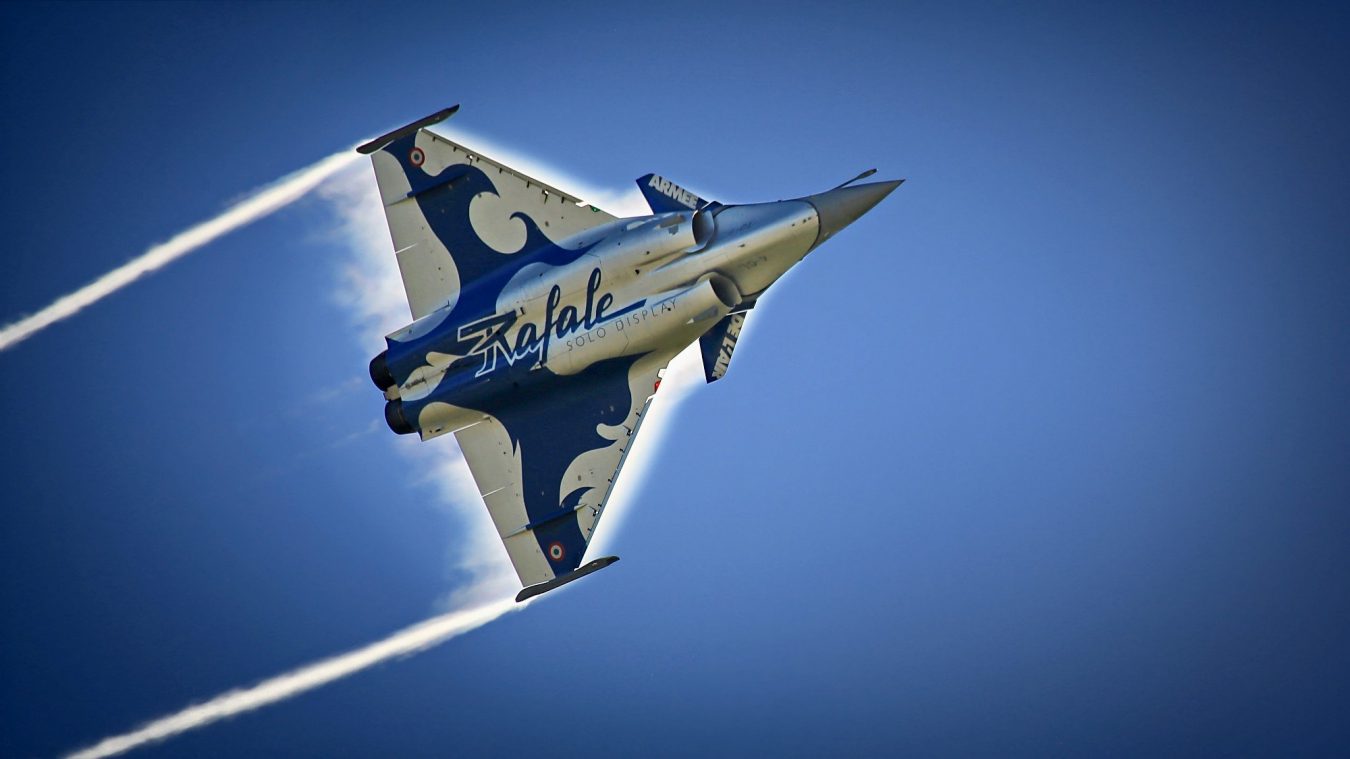India is increasing its military presence near the disputed sections of the border with China in the eastern part of the Ladakh region, transferring additional aviation units and preparing to deploy a new batch of S-400 anti-aircraft missiles, which it will soon receive under a contract with Russia, Indian media reported on Monday.
According to The Economic Times, the Indian air force transferred and deployed combat aircraft at border airfields in eastern Ladakh, including the latest Rafale multi-purpose fighter jets, recently acquired from France.
In addition, in the coming months, the Indian military plans to deploy a second battery of the S-400 anti-aircraft missile systems, which are supplied by Russia under the $5.5 billion contract of 2018.
The first batch of S-400 systems is already deployed in the northeastern part of India, with the capacity to repel air attacks from both China and Pakistan.
In the Ladakh region, which witnessed clashes between Chinese and Indian troops in 2020, fighter aircraft of the Chinese air force continue to fly regularly in close proximity to the line of actual control, despite the fact that the issue of stopping such flights was discussed at the recent 16th negotiations of the parties, according to The Economic Times.

Last week, India again asked China to remove its military personnel and dismantle their tent camps on two disputed sections of the border, and stop the flights of the Chinese military in the areas, as well as stipulate the return to the Indian side of the right to patrol the border.
However, the parties could not achieve significant progress on the settlement of relations and the withdrawal of troops, only confirming some agreements reached at the negotiations last year.
Due to the lack of progress in resolving the situation on the border, and the continued presence of deployed formations of the Chinese armed forces on China’s side of the border, India has also increased the presence of its troops and military equipment on its part of the border area.
Ladakh is a separate region of India, which borders Southwestern China and Nepal. The region is one of the least populated in India.
Meanwhile, India has been seeking to reduce its reliance on foreign arms imports and ensure more autonomy that will allow it to transform into a major exporter, Prime Minister Narendra Modi said recently.
“Today, we are moving fast from the biggest defense importer to a big exporter,” he told a two-day defense industry seminar in New Delhi.
India remains the world’s largest arms buyer, but imports went down 21% in the past five years, Modi said. Almost half of its weapons came from Russia, according to Stockholm-based arms research institute SIPRI.
During the same period, Indian defense exports grew 119% from 2012-2016 to account for 0.2% of the world’s arms exports.
Modi attributed the defense industry boom to the lavish budgetary spending of the past eight years that prioritized indigenous technology and innovation.
“Today, a large part of the budget earmarked for the purchase of defense equipment is being spent on procurement from Indian companies,” he said.
Modi said that having an independent navy was important for India. He underscored the need for a strong and self-reliant Indian navy and promised that the wait for the commissioning of the country’s first homemade aircraft carrier “will be over soon.”
- Via Sputnik News Agency
- Follow EurAsian Times on Google News